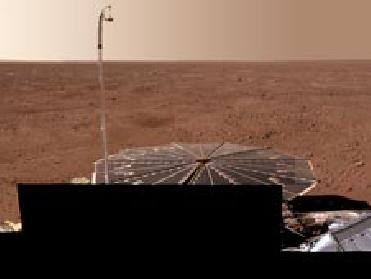
TUCSON, Arizona (BNS): NASA's Phoenix Mars Lander, having completed its 90-day primary mission, is continuing its science collection activities. Science and engineering teams are looking forward to at least another month of Martian exploration.
Due to the spacecraft's sufficient power and experiment capacity, NASA announced on July 31 that the mission would continue operations till September 30. Once the Lander finishes collecting science data, the mission teams will continue the analysis of the measurements and observations.
"We have been successful beyond my wildest dreams, and we're not done yet learning from Mars about its secrets," said Peter Smith, Phoenix principal investigator from the University of Arizona, Tucson.
"We are still working to understand the properties and the history of the ice at our landing site on the northern plains of Mars. While the sun has begun to dip below the horizon, we still have power to continue our observations and experiments. And we're hoping to see a gradual change in the Martian weather in the next few weeks," he said.
Among the critical questions the Phoenix science team is trying to answer is whether the northern region of Mars could have been a habitable zone.
Phoenix has already confirmed the presence of water ice, determined the soil is alkaline and identified magnesium, sodium, potassium, chloride and perchlorate in the soil. Chemical analyses continue even as Phoenix's robotic arm reaches out for more samples to sniff and taste.
"It's been gratifying to be able to share the excitement of our exploration with the public through thousands upon thousands of images that our cameras have taken. They have been available to the public on our website as soon as they are received on Earth," Smith said. Phoenix's Surface Stereo Imager, Robotic Arm Camera and microscope have returned more than 20,000 pictures since landing on May 25.
The mission's meteorological instruments have made daily atmospheric readings and have watched as the pressure decreases, signalling a change in the season. At least one ice water cloud has been observed and consistent wind patterns have been recorded over the landing site.
The team is currently working to diagnose an intermittent interference that has become apparent in the path for gases generated by heating a soil sample in the Thermal and Evolved-Gas Analyser to reach the instrument's mass spectrometer. Vapours from all samples baked to high temperatures have reached the mass spectrometer so far, however data has shown that the gas flow has been erratic, which is puzzling the scientists.
Meanwhile, plans call for Phoenix to widen its deepest trench, called "Stone Soup," to scoop a fresh sample of soil from that depth for analysis in the wet chemistry laboratory of the Microscopy, Electrochemistry and Conductivity Analyser (MECA). Stone Soup measures about 18 cm (7 inches) deep. The first attempt to collect a sample from Stone Soup, on August 26, got 2 to 3 cubic cm (half a teaspoon) into the scoop. This was judged to be not quite enough, so delivering a sample was deferred.
In coming days, the team also plans to have Phoenix test a revised method for handling a sample rich in water-ice. Two such samples earlier stuck inside the scoop.
The Phoenix mission is led by Peter Smith of the University of Arizona, Tucson, with project management at JPL and development partnership at Lockheed Martin, Denver. International contributions are provided by the Canadian Space Agency; the University of Neuchatel, Switzerland; the Universities of Copenhagen and Aarhus, Denmark; the Max Planck Institute, Germany; and the Finnish Meteorological Institute. JPL is a division of the California Institute of Technology in Pasadena.
 Next Article
Next Article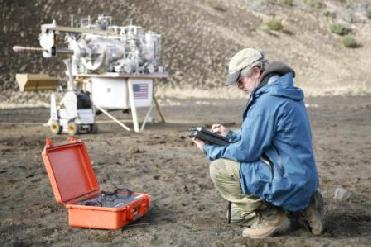
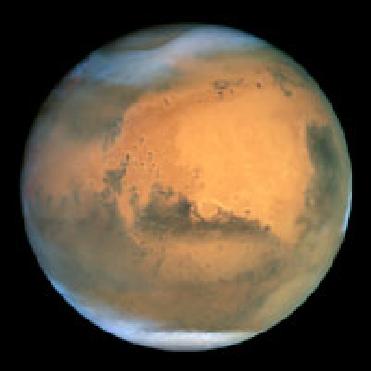
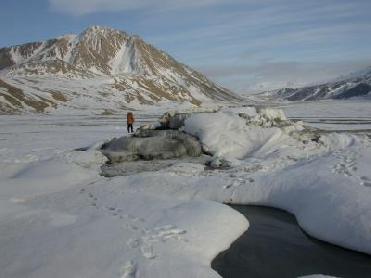
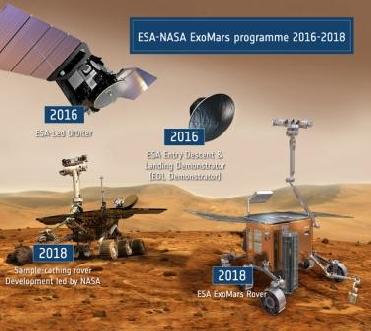










The Indian Air Force, in its flight trials evaluation report submitted before the Defence Ministry l..
view articleAn insight into the Medium Multi-Role Combat Aircraft competition...
view articleSky enthusiasts can now spot the International Space Station (ISS) commanded by Indian-American astr..
view article